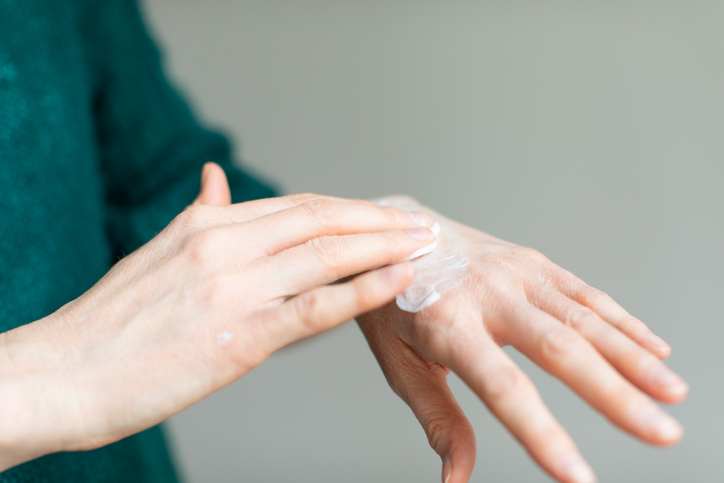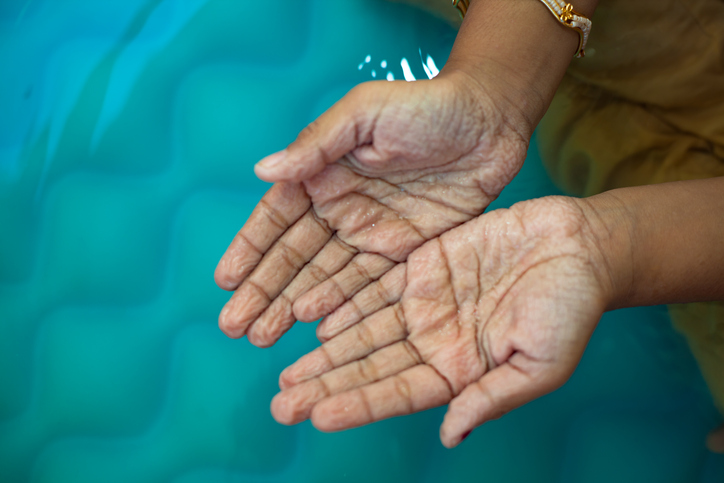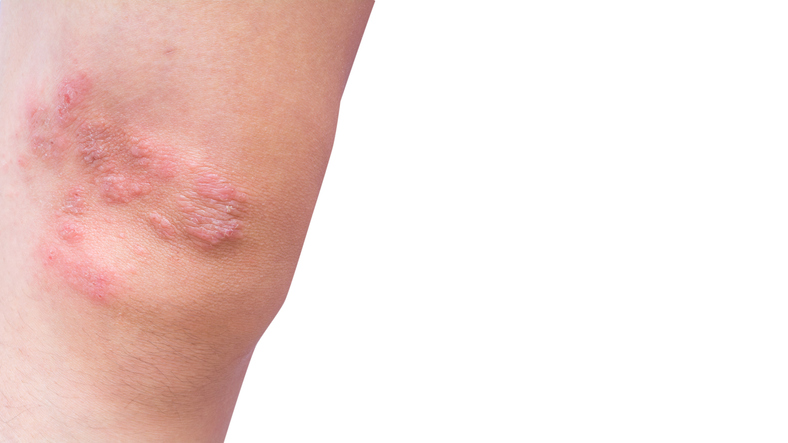Pain
Conventional Medical Treatments for Scleroderma

What is scleroderma?
Scleroderma is an autoimmune disorder that involves hardening and tightening of the skin and connective tissues. There are two main types of scleroderma: localized and systemic. Localized scleroderma usually affects the skin only. Systemic scleroderma affects the skin, underlying connective tissues, or major organs.
Conventional treatments for scleroderma
There is no cure for scleroderma, but treatment can slow disease progression and help manage symptoms. Depending on the type and severity of scleroderma, conventional treatments include medications, physical and occupational therapy, or surgery.
Medications for localized scleroderma
Treatment for localized scleroderma and/or skin manifestations of scleroderma aim to slow the overproduction of collagen, which is characteristic of scleroderma. This may include the following:
- Moisturizers to help with dryness
- Nitroglycerine and other nitrates to promote the healing process of the skin
- Immunosuppressives, such as topical tacrolimus
- Anti-inflammatory ointments, such as steroid creams
Medications for systemic scleroderma
Treatments for systemic scleroderma can help to suppress the overactive immune system and reduce inflammation.
- Immunosuppressive medications work to decrease the overactive response of the immune system. Mycophenolate mofetil and mycophenolate sodium are immunosuppressants that can help manage lung involvement and disease progression. Cyclophosphamide is a powerful immunosuppressant that can also slow disease progression.
- Corticosteroids and nonsteroidal anti-inflammatory drugs (NSAIDs) are anti-inflammatory agents that can help reduce pain and inflammation.
Depending on other symptoms, doctors may also recommend:
- Antacids or proton pump inhibitors, such as omeprazole, to ease heartburn when there is esophageal involvement
- Stool softeners and laxatives or, depending on the cause, antibiotics to treat constipation
- Medications to treat pulmonary hypertension, such as bosentan, treprostinil or sildenafil.
- Diuretics or angiotensin converting enzyme (ACE) inhibitors to lower blood pressure, protect the kidneys, and help the body eliminate excess fluids
- Medications to treat Raynaud’s disease, such as calcium channel blockers, nitroglycerine patches/ointment, alpha blockers, and sildenafil
- Medications for dry eyes, such as artificial teardrops or cyclosporine eye drops
- Medications for dry mouth, such as cevimeline and pilocarpine
Physical and occupational therapy
Physical therapy and occupational therapy can help manage symptoms of scleroderma. Working with therapists can help:
- improve circulation and joint stiffness.
- maintain joint range of motion.
- minimize or delay joint contractures.
- improve strength and mobility.
- maintain independence with everyday tasks.
Surgery
In some cases, surgery may be needed:
- to help with swallowing or severe reflux.
- to correct contractures of the hands and joints.
- to manage ulcers associated with Raynaud’s phenomenon (If wound care is not effective for severe, non-healing ulcers, amputation may be required).
- for a lung transplant if severe lung problems develop.















